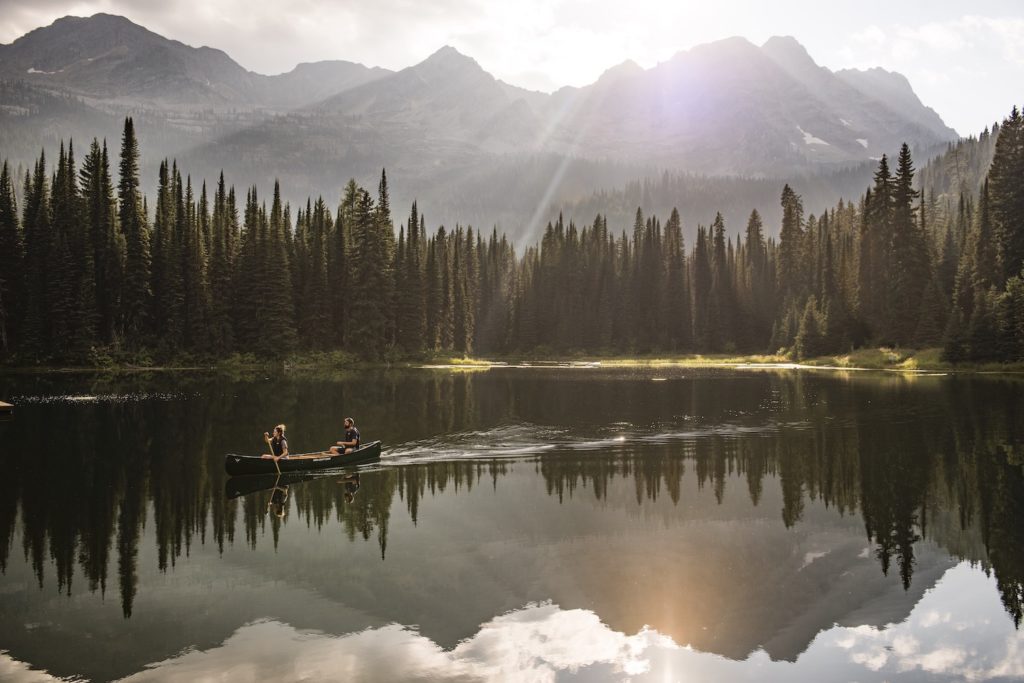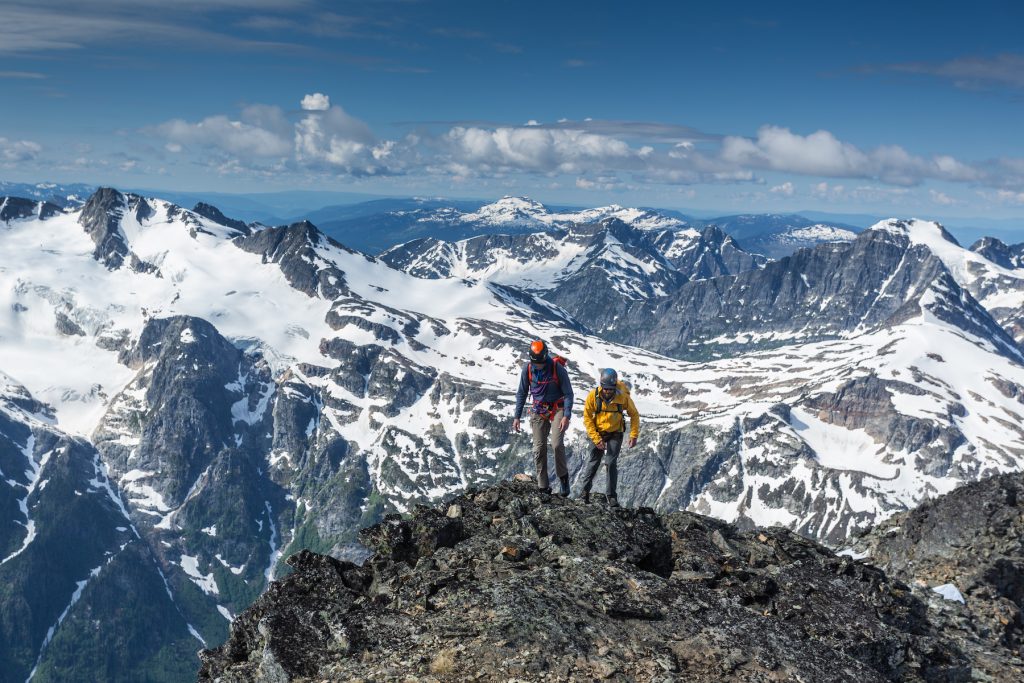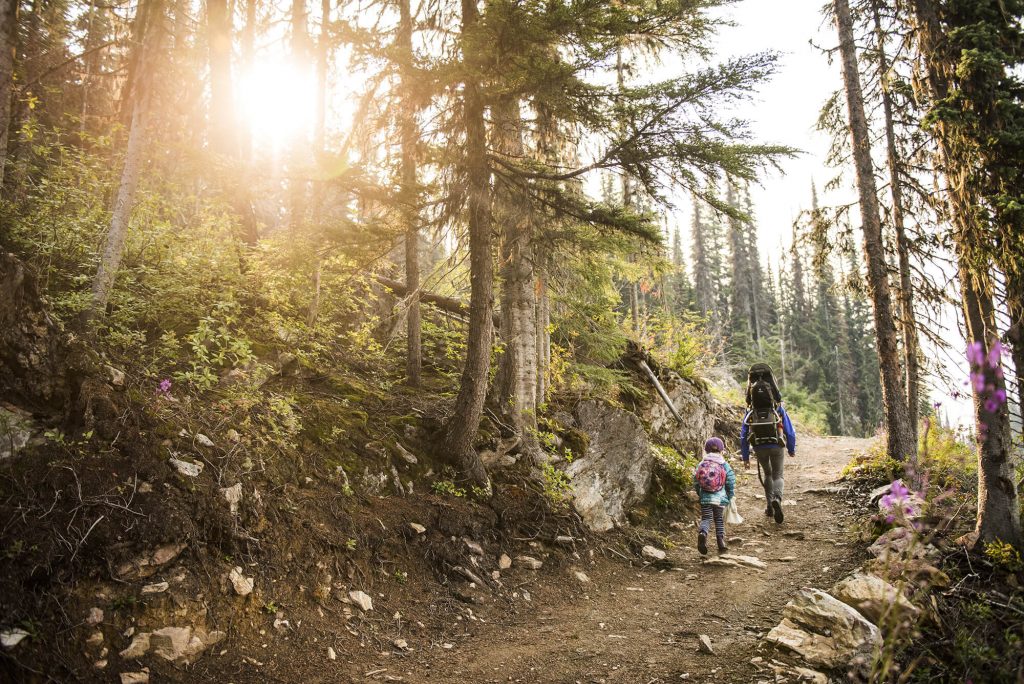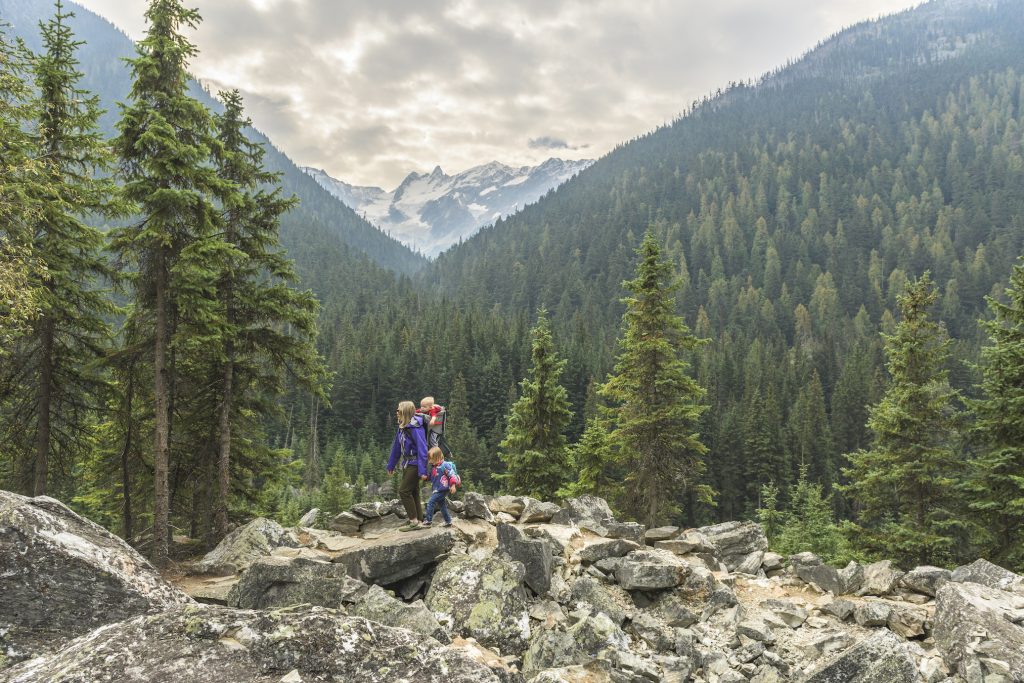Becoming protectors of nature ensures future generations will enjoy all of the region’s natural attributes. Stewardship is our collective responsibility to retain the quality and abundance of our land, air, water, flora and fauna – be keeping it in pristine shape for our families’ family to appreciate. Here are three easy tips to becoming “stewards of the land” in the Kootenays:
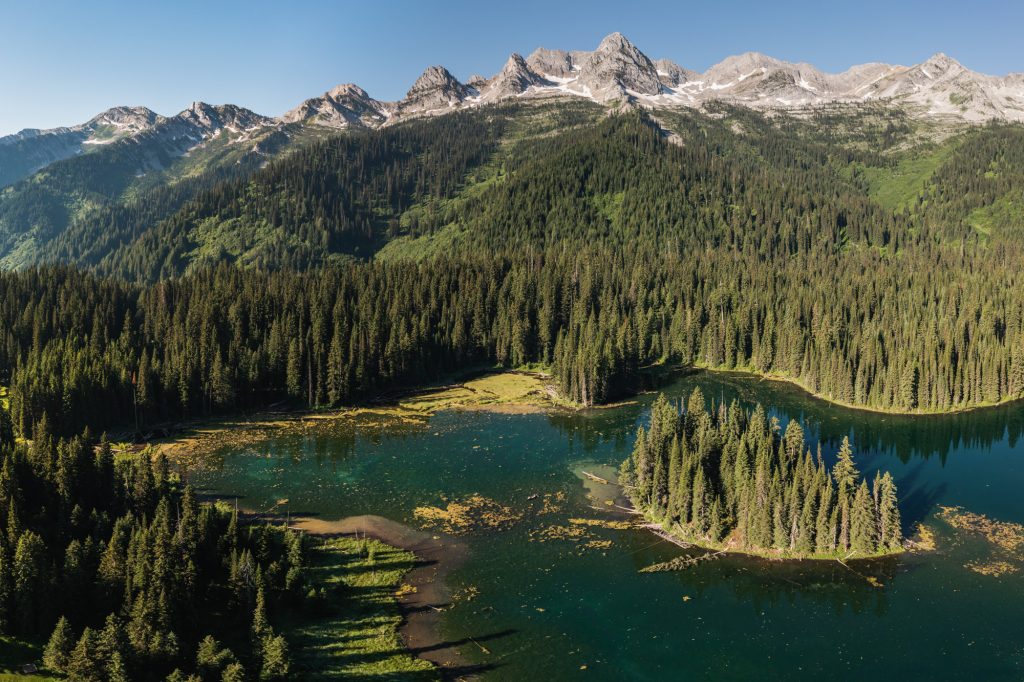
Tip #1 – Learn More About Invasive Species
Invasive species can be any plant or animal that has found its way to a new ecosystem where it has no natural predators or competition to keep it in check.
American Bullfrogs, Northern Pike, feral pigs, Purple Loosestrife, and European Starling are examples of high profile invasive species that biologists are on the lookout for. Places like New Zealand and Australia have been wrestling with introduced invasive species and their severe impacts on native natural ecosystems for many decades, and both countries have strict guidelines for backcountry access designed to help limit the spread of invasive plants and animals.
We can do the same here in the Kootenays to help stop plants like knapweed, blueweed, and toadflax from choking out native grasslands, or aquatic species like zebra and Quagga mussels from overwhelming our pure Kootenay waterways.
Tip #2 – Find Out How They Spread
Invasive species essentially have super-powers that help them out-compete local flora and fauna, and they require super diligence to keep them in check. Many invasive plants produce literally thousands of sticky or fuzzy seeds per plant, and these seeds stick to anything that brushes past giving the plant a free ride to a new home.
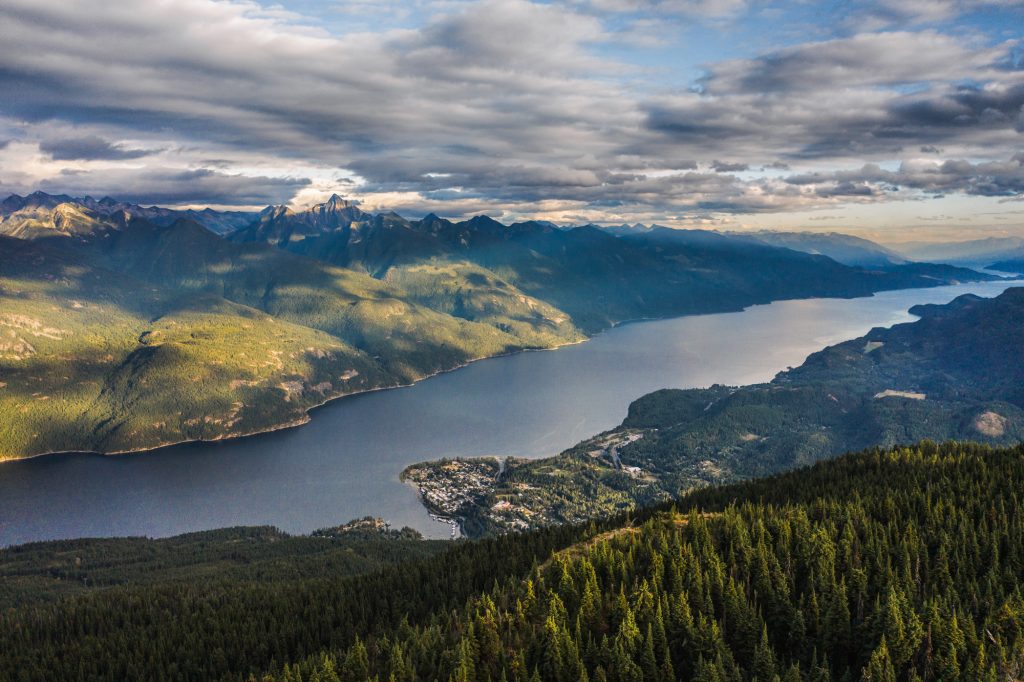
Tip #3 – Decreasing the Spread: Find Out What You Can Do to Help
Washing your bikes, ATV’s, and hiking shoes and boots before going to a new location is a key step to avoid transporting invasive plants. Some trailheads are beginning to see boot scrubbers so hikers can clean before they hike. Staying on existing roads and trails is another key strategy to help control invasive issues, as they love nothing more than freshly disturbed soil to take root.
Invasive aquatic mussels are on another level altogether. From just a few microscopic larvae in the bilgewater of a boat or on a damp, rolled up inflatable paddleboard, they can reproduce to millions of mussels that literally coat every solid surface within a few years, rendering beaches unusable, blocking pipes, and adding substantial ongoing cleaning costs to any water-based activity. Wash your canoes, kayaks, SUP, boats and ensure you stop at all BC Watercraft Inspection stations, when travelling in British Columbia.
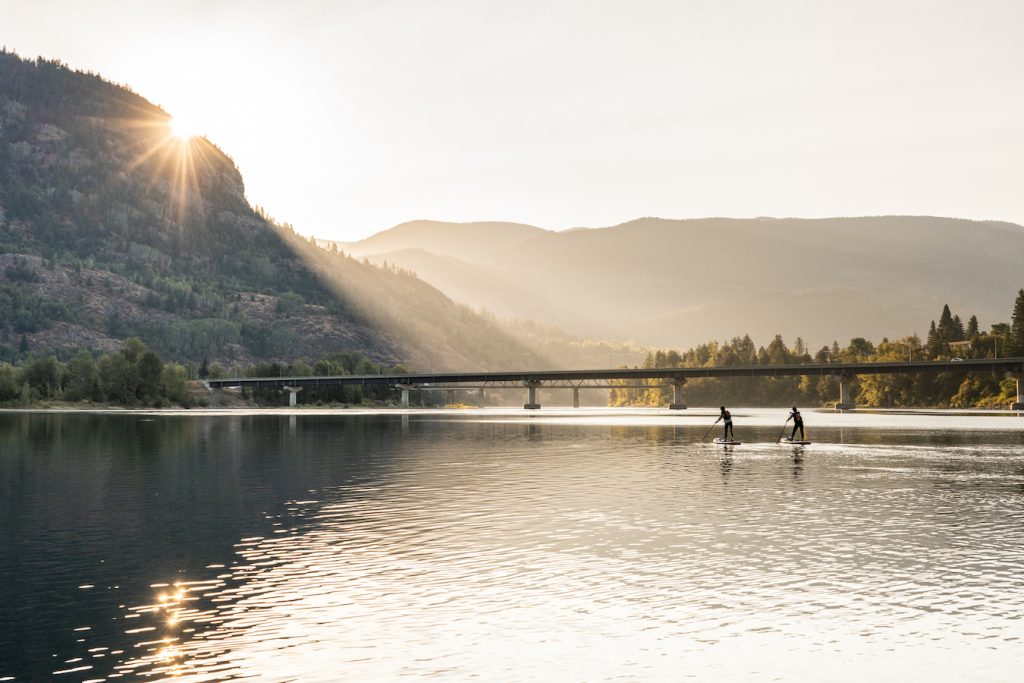
Kootenay Operators Who Work Hard to Reduce The Spread
Kootenay waters may be cold, but that is what helps them stay crystal-clear, pristine and productive, and Golden’s Glacier Raft Company rely on to keep guests drenched and laughing all summer long.
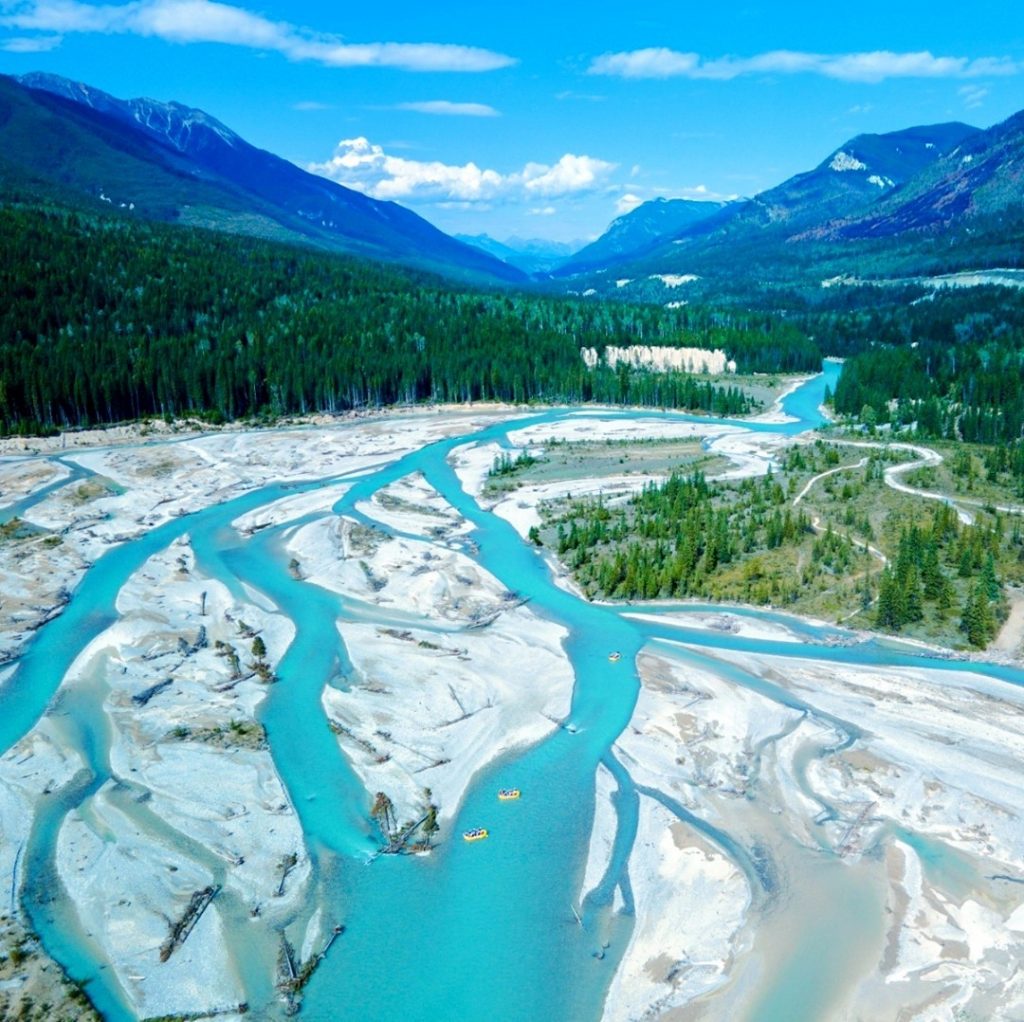
Fernie’s Canyon Raft Company guests rub shoulders with fly fishermen on the world-renowned Elk and Bull Rivers, while Endless Adventure Inc.’s guests play with kayakers on the Slocan River near Nelson.
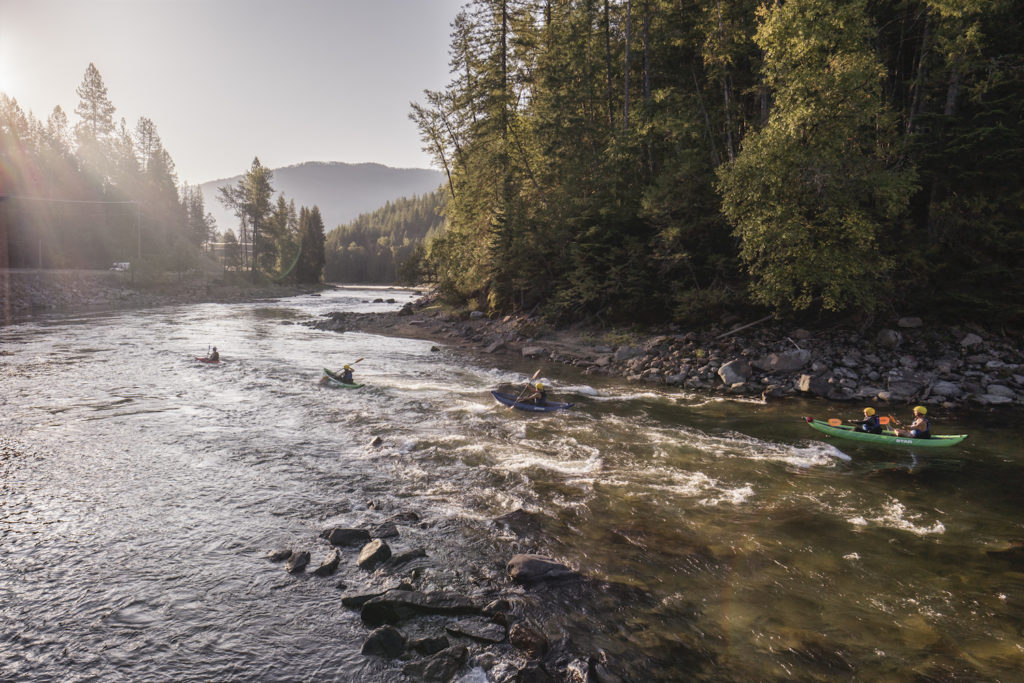
All these tour operators work hard to clean their gear and educate their guests about the risks facing local waterways, and how everyone needs to CLEAN, DRAIN, and DRY their watersports equipment when moving between any waterways. This ensures there are no mussel larvae or other invasive species like Didymo algae hitch-hiking in hidden damp corners.
Learn more on how you can be “Stewards of the Land”: Invasive Species of Council of British Columbia, Central Kootenays Invasive Species Society, East Kootenay Invasive Species Council and Columbia Shuswap Invasive Species Society.


